Intro
Learn 5 expert tips for a successful Turp prostate procedure, including pre-op preparation, post-op care, and minimizing complications, to ensure a smooth Transurethral Resection of the Prostate surgery and optimal prostate health recovery.
The prostate is a small gland in the male reproductive system, and its health is crucial for overall well-being. However, prostate issues such as benign prostatic hyperplasia (BPH) can cause significant discomfort and affect quality of life. One of the surgical procedures used to treat BPH is the Transurethral Resection of the Prostate (TURP). Understanding the TURP procedure and its benefits can help individuals make informed decisions about their prostate health. In this article, we will delve into the world of TURP, exploring its advantages, the procedure itself, and what to expect after surgery.
The importance of addressing prostate issues cannot be overstated. As men age, the prostate gland can enlarge, leading to symptoms such as difficulty starting to urinate, weak urine flow, frequent urination, and nocturia (the need to urinate several times during the night). These symptoms can significantly impact daily life, causing embarrassment, anxiety, and sleep disturbances. TURP is a commonly recommended treatment for BPH, aiming to relieve these symptoms by removing the enlarged portion of the prostate.
Before undergoing any medical procedure, it's essential to understand the process, benefits, and potential risks. TURP has been a standard treatment for BPH for many years, offering a minimally invasive approach to alleviate prostate-related symptoms. The procedure involves inserting a special instrument called a resectoscope through the urethra to reach the prostate. The surgeon then removes the affected tissue using a heated loop of wire, which is also used to stop any bleeding. This technique allows for the preservation of the urethra and surrounding tissues, reducing the risk of complications and promoting faster recovery.
Understanding TURP Procedure
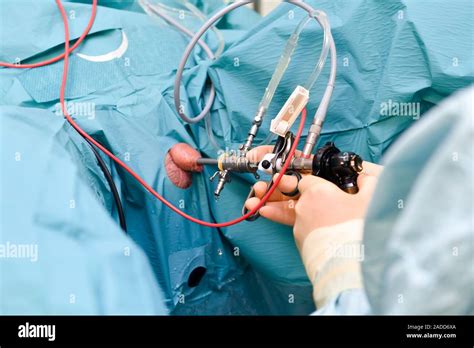
Preparation for TURP
Preparation is key to any successful medical procedure. Before TURP, patients are usually required to undergo a series of tests to assess their overall health and the condition of their prostate. These tests may include blood tests, urine tests, and imaging studies such as ultrasound or MRI. Additionally, patients are advised to stop taking certain medications, especially blood thinners, to minimize the risk of bleeding during and after surgery.Benefits of TURP
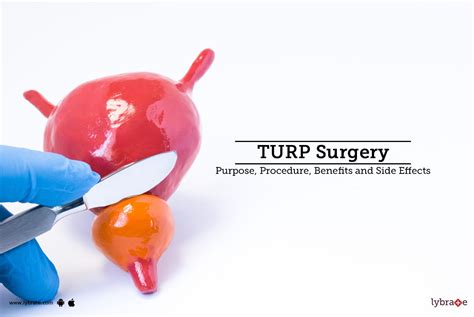
Risks and Complications
While TURP is generally considered safe, as with any surgical procedure, there are potential risks and complications. These can include bleeding, infection, urinary incontinence, and retrograde ejaculation (where semen enters the bladder instead of exiting through the penis during ejaculation). It's essential for patients to discuss these risks with their healthcare provider and understand the measures that can be taken to minimize them.Postoperative Care
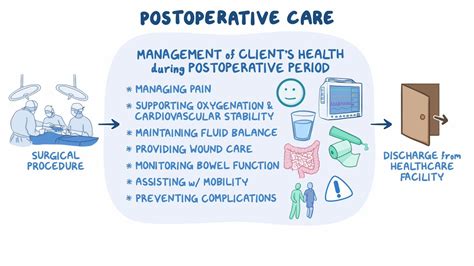
Recovery Timeline
The recovery timeline for TURP varies among individuals but generally follows a predictable pattern. Most patients can return to their normal activities within a few weeks, although it may take several months for the prostate to fully heal. It's crucial for patients to follow their healthcare provider's instructions regarding follow-up appointments, medication, and lifestyle adjustments to ensure a smooth and successful recovery.Alternatives to TURP
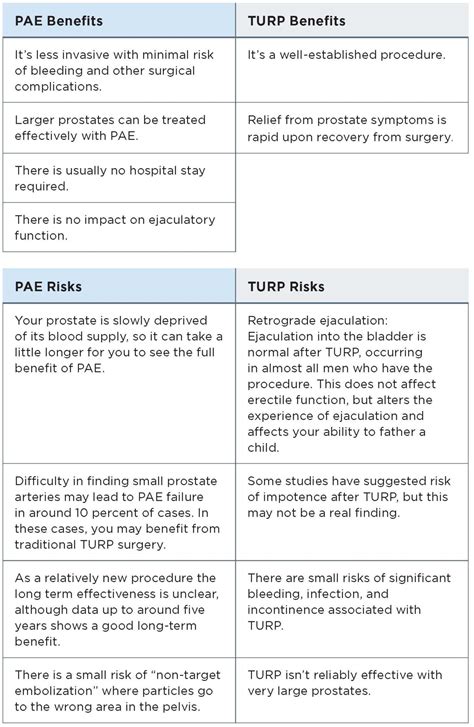
Lifestyle Changes
Lifestyle changes can play a significant role in managing BPH symptoms and potentially reducing the need for surgical intervention. These changes include maintaining a healthy weight, exercising regularly, avoiding foods and drinks that can irritate the bladder, and practicing good bladder habits, such as urinating when the need arises and avoiding holding urine for long periods.5 Tips for TURP Procedure
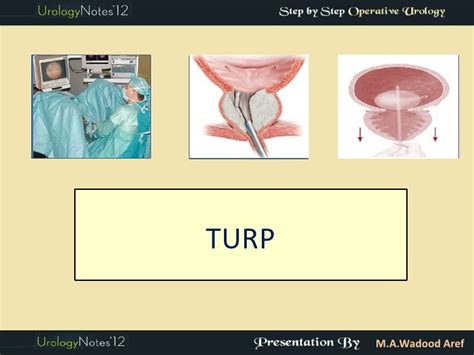
Conclusion and Next Steps

We invite you to share your thoughts, experiences, or questions regarding TURP and prostate health in the comments below. Your insights can help others who are facing similar challenges, and together, we can foster a supportive community dedicated to promoting men's health and well-being.
What is TURP, and how does it work?
+TURP stands for Transurethral Resection of the Prostate. It's a surgical procedure used to treat an enlarged prostate (BPH) by removing the affected portion of the gland through the urethra, thereby relieving symptoms such as difficulty urinating.
What are the benefits of choosing TURP over other treatments for BPH?
+The benefits of TURP include rapid relief from BPH symptoms, a relatively low risk of complications compared to more invasive surgeries, and a shorter recovery time. It's a minimally invasive procedure that can significantly improve quality of life for those suffering from BPH.
How long does it take to recover from a TURP procedure?
+The recovery time for TURP can vary, but most patients can return to their normal activities within a few weeks. It may take several months for the prostate to fully heal, and it's essential to follow the healthcare provider's instructions regarding postoperative care and follow-up appointments.
